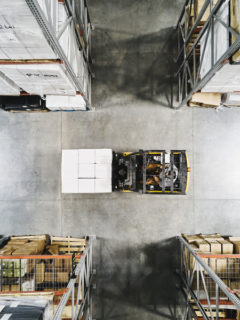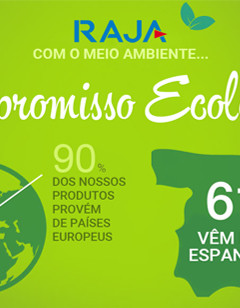First of all, the widespread online shopping among people of all ages has had quite a considerable impact on mobility in cities. Thus, consumers are increasingly demanding and want their shopping experience to be seamless, including, of course, the delivery of the package on time and at the right place. Moreover, this is where urban or last-mile logistics comes in, i.e. the chain process that goes from the last distribution point until the product reaches the end customer.
Urban logistics in the e-commerce era
According to the study Last Mile Delivery: What Shoppers Want and How to #SaveRetail, conducted by Convey, it highlights:
- Over 73% of shoppers expect the delivery company to give them a delivery forecast, of their product, on an exact date;
- However, 45% want to be guaranteed a specific time within a maximum of two hours;
These desires do not correspond to the reality of an urban ecosystem, full of obstacles for carriers. Particularly due to traffic restrictions, traffic jams and hard-to-reach locations.
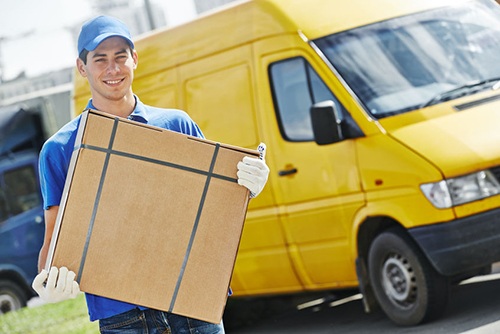
Challenges of the last mile in e-commerce
A major obstacle for e-commerce is the fact that customers want their small purchases delivered to their doorstep as quickly as possible (with only a day or a few hours’ lead time from the time of purchase) and at a time that suits them. But how to combine that with:
- … The increasingly strict traffic, parking and loading and unloading regulations set by local councils?
- … The enormous cost of fuel for hauliers who are on permanent journeys all day long?
- … And with the consequent environmental pollution that is generated by vehicle emissions?
It is therefore urgent to find creative solutions to offer a service that meets customers’ expectations, but without turning cities into small unbreathable hells.
Solutions to optimise urban logistics
Above all, among the proposals that the sector is considering are:
1. Amazon-style ‘lockers’
This involves trying to create spaces like lockers where companies can deposit several orders at the same time; and customers can pick up their products at the time they want.
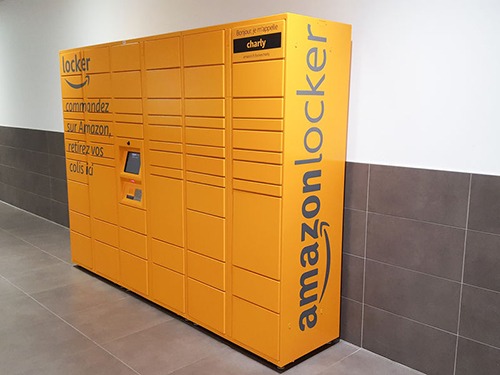
2. Pick-up points
Similarly, collection points are becoming more and more sought after. Either in physical shops of the brands themselves or in establishments dedicated to other purposes. These points are very useful for those who spend a lot of time away from home.
3. Drones and robots
Although at the technological level there is still much to improve, drones are a quick, autonomous and cheap solution to transport light packages to hard-to-reach places.
4. Transportation Management Systems (TMS)
A TMS is software capable of planning and modifying transport routes, in real time, to save time and money. With the help of big data, a TMS allows you to face unforeseen events, choose the fastest routes and establish the optimal delivery order to make the investment profitable.
5. Up-to-the-minute traceability
Certainly, calming customers’ anxiety and improving their shopping experience is also possible through traceability applications, which inform them where their orders are at any time.
6. Alternative delivery vehicles
Hybrids, electrics and even bicycles are non-polluting transport options that care for the environment and are the most viable for delivery to certain locations.
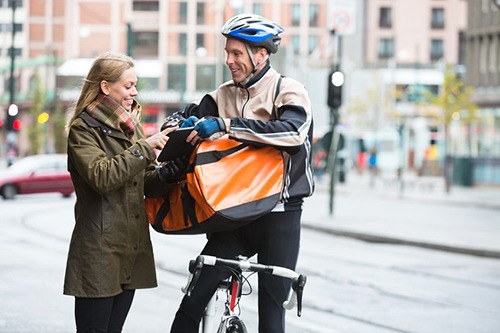
How does packaging help improve urban logistics?
Surprisingly not only technology that is useful to improve urban logistics. In this sense, also choosing the right packaging for your e-commerce orders is equally crucial to succeed in the last mile. According to RAJA’s European Large Account Commercial Director, Etane Derhy , “it is not only possible to reduce logistics costs, but also to save time” in the preparation and delivery of orders.
“Optimising packaging is the way to achieve last-mile logistics that generates profit and is also sustainable,” according to Bernard de Paauw, RAJA’s director general in Spain. In addition, and among all the possible measures, combating excessive packaging stands out. “Adapt the size of packaging to the volume of its contents, with products such as variable height boxes; or standardise the preparation of orders with solutions such as inflated air cushions. This way, they can make the most of the space available in their vehicles”, according to Bernard De Paauw.
“Optimising packaging is the path to last-mile logistics that generates profit and is also sustainable.”
Bernard de Paauw, Managing Director of RAJA in Spain
Are you looking for a partner to accompany your e-commerce with efficient and attractive packaging? Join RAJA and discover our wide range of e-commerce packaging, with all references always in stock!












